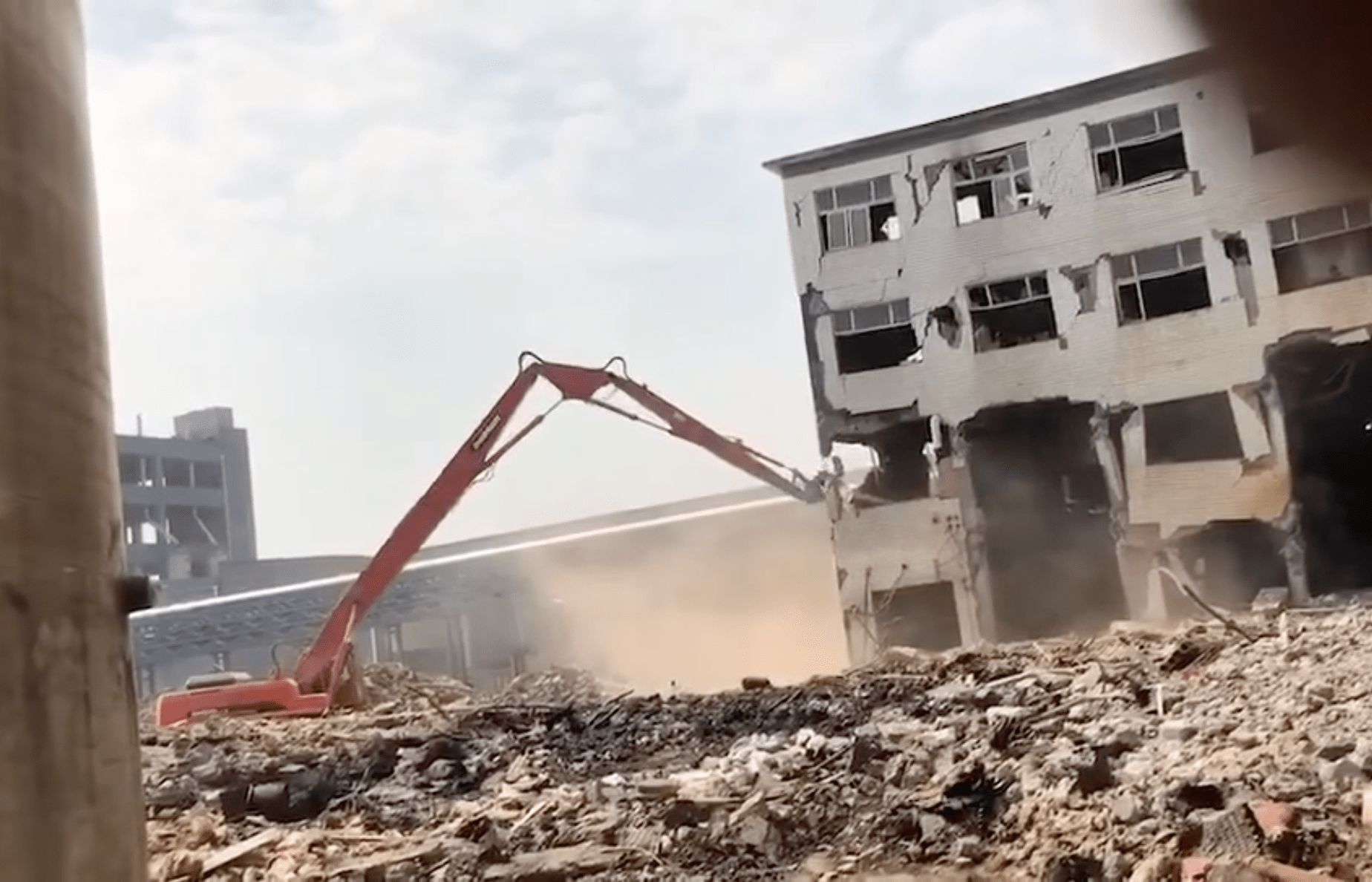Excavators are the backbone of many construction projects, and choosing the right one is crucial for success. Whether you’re digging foundations, grading landscapes, or handling materials, a well-selected excavator can significantly impact your project’s efficiency. This step-by-step guide is designed to walk you through the process of successful excavator hire, ensuring you dig it right from the start.
Define Your Project Requirements:
The first step in successful excavator hire is a thorough understanding of your project’s requirements. Define the scope of work, considering factors such as the size of the project, the type of material to be excavated, and the required depth and reach. This initial assessment forms the foundation for choosing the right excavator.
Choose the Appropriate Excavator Type:
Excavators come in various types, each tailored for specific tasks. Mini excavators are ideal for smaller projects and confined spaces, while larger excavators are suitable for heavy-duty tasks. Choose the excavator type that aligns with the scale and demands of your project.
Understand Excavator Attachments:
Enhance the versatility of your excavator by understanding and utilizing the available attachments. From buckets for digging to hydraulic hammers for breaking rocks, selecting the right attachments is essential for optimizing the excavator’s functionality based on your project’s needs.
Determine the Right Size:
Size matters when it comes to excavators. Consider the size of your project and the available space for maneuvering. Choosing the right-sized excavator ensures efficiency and prevents unnecessary challenges on the job site.
Evaluate Operator Qualifications:
The success of your excavator hire relies on the expertise of the operator. Ensure that the operator is qualified and experienced with the specific model you’re renting. A skilled operator not only maximizes machine efficiency but also ensures safety on the construction site.
Inspect Equipment Condition:
Before finalizing the rental agreement, thoroughly inspect the condition of the excavator. Check for signs of wear and tear, ensure that all components are in working order, and confirm that the equipment has been well-maintained. This step minimizes the risk of unexpected issues during your project.
Consider Budget and Additional Costs:
Establish a clear budget for your project, including the cost of excavator rental. Additionally, consider additional expenses such as transportation, fuel, maintenance, and operator fees. Having a comprehensive budget allows you to make informed decisions and avoid financial surprises.
Adherence to Safety Standards:
Safety should be a top priority on any construction site. Verify that the excavator meets safety standards and complies with local regulations. Ensure that your team follows proper safety protocols during operation, including wearing the necessary personal protective equipment (PPE) and adhering to load limits.
Conclusion:
Successful excavator hire is a step-by-step process that begins with a clear understanding of your project’s requirements. By defining your needs, choosing the appropriate excavator type and size, understanding attachments, evaluating operator qualifications, inspecting equipment condition, considering budget and additional costs, and adhering to safety standards, you can dig it right from the start. Trust in this step-by-step guide to navigate the excavator hire process and set the foundation for a successful construction project.


